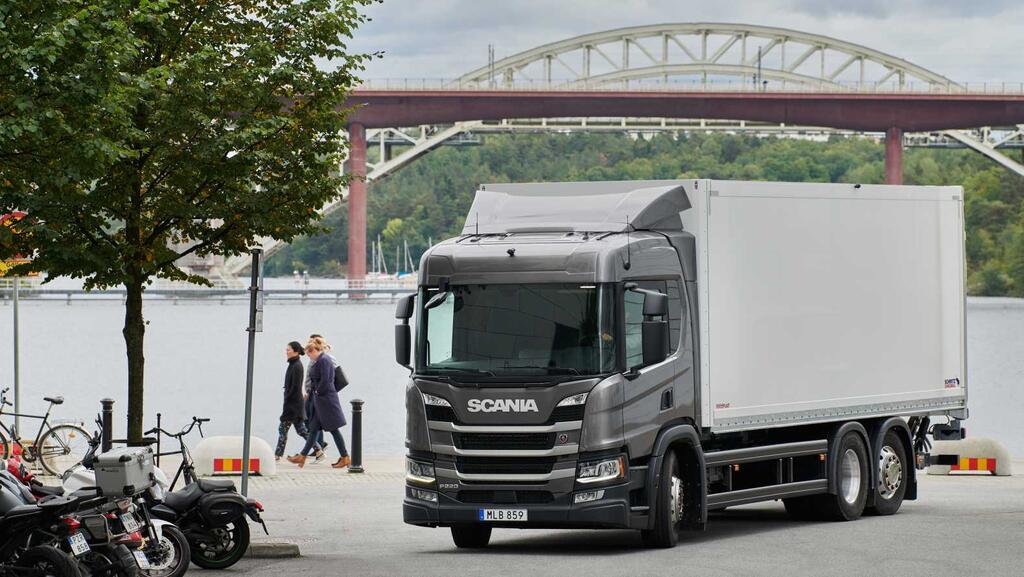Lagkrav
Digitalisering och automatisering driver stora förändringar inom logistikindustrin. En förutsättning för att kunna optimera flöden och åstadkomma effektiva logistiklösningar är att data kan delas såväl vertikalt som horisontellt.

However, sharing data between different players is often regarded as problematic and legislation is one of the obstacles that is frequently mentioned.
In many of the cases that were studied as part of HITS, laws and regulations function both as enablers and as barriers.
Objective:
The aim of work package X is to understand the legal aspects of dynamic vehicles and hubs for shared loads and to evaluate how the rights and duties in the logistics chain can accelerate data sharing and cooperation.
If deliveries are made with autonomous load carriers in future, how will the sender know whether the right items have reached the right customer? What will happen if the recipient discovers that the goods have been damaged in transit? Currently, one person hands over the goods to another and so they can discuss any issues immediately. But if the customer is not present and the goods are delivered by an autonomous vehicle, what will happen then? When is the legal responsibility transferred from the sender or supplier to the recipient?
This work package focuses on the legal issues in a world where goods are delivered and received without any human involvement. First and foremost, the existing laws and regulations are being evaluated to identify how they will function in a new situation. This also applies to laws which are currently being brought into effect. A lot of emphasis is being placed on data sharing, because this is a key issue for the project. Other important concerns include competition law and the increased processing of information about shared customers. It will be necessary to coordinate data so that logistics systems can function as effectively as possible.
In the other main area in the project – vehicles and logistics – there will be an investigation into how the physical handling of the packages will be affected and how and whether electric delivery notes can ensure that the right customer receives the right goods. It may be that many small load carriers with locked compartments will function as a moving warehouse where the recipients open the compartments and take out their goods as the load carrier passes by. How will returns be handled? And how can a system of this kind function on a large scale, for example in a shopping centre with a lot of stores on different floors?
The HITS project is investigating solutions that are environmentally sustainable. Today we can access data concerning the climate impact of specific goods and specific deliveries. Imagine if we could coordinate this data to identify the total climate impact so that we could find the best solution for the environment.
Work package leader: Kristina Andersson, RISE
